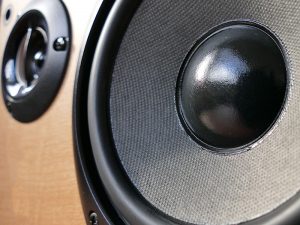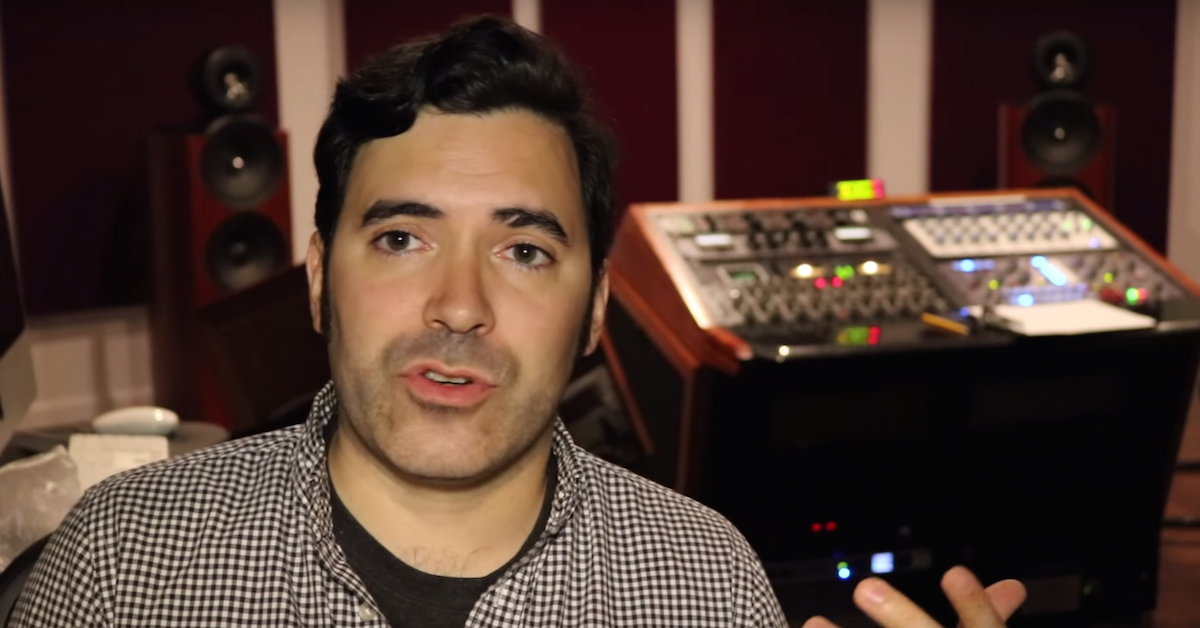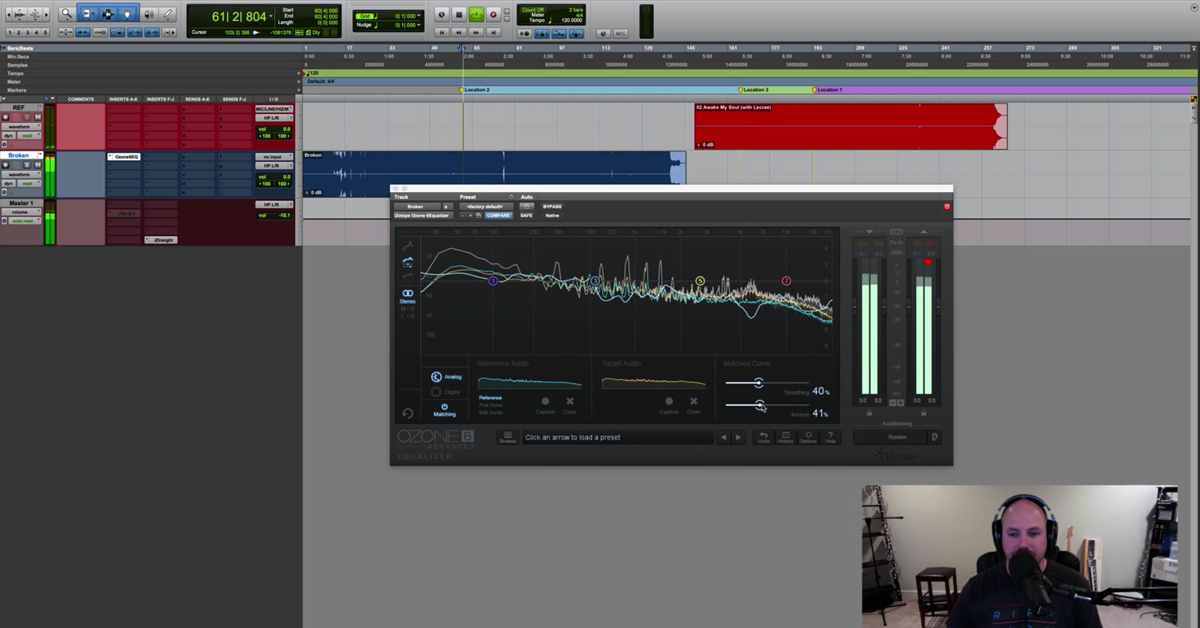5 Reasons Your Mixes Don’t Sound Like the Pros
Article Content
Listening to your favorite records is maddening.
Everything sounds larger-than-life…radio-ready…uber-compelling.
But your tracks?
They still have a long way to go.
Don’t get me wrong—your mixes sound WAY better than they did a year ago.
But there’s still a gap. And you’re not sure how to close it.
Sound familiar?
Keep reading to discover five reasons your mixes don’t sound like the pros. Fix these problems, and you’ll quickly close the gap between your tracks and your favorite records.
1. Your Decisions Aren’t Responsive
At its core, mixing is simple:
- Listen to what’s coming out of the speakers.
- Find a problem.
- Figure out how to solve it.
- Fix the problem.
- Rinse and repeat.
The issue? Many of us don’t follow this process.
Instead, we high-pass vocals because we think we should. We use templates that add processing to every mix by default. We time-align drums because some guy on Gearslutz said we should.
Some of these decisions may make things sound better. But others might make things worse.
The problem is that none them are made in response to what’s coming out of the speakers. Instead, they’re impositions.

Every mixing decision you make should be a response to what’s coming out of the speakers.
It feels good to do things. Putting a plugin on a track feels like progress. And our brains love shortcuts. We’ll jump at any opportunity to be lazy. To turn off our ears. To stop listening.
But mixing isn’t just about making the right decisions. It’s also about avoiding the wrong ones.
The solution is simple:
Every mixing decision you make should be a response to what’s coming out of the speakers.
Every time you add a plugin, ask yourself—why am I doing this? If the answer isn’t based on something you hear, ditch the plugin.
2. Your Room Is Lying to You
What happens if what you’re hearing isn’t accurate? What if it’s colored or distorted in some way? What if it isn’t representative of what’s really going on in your mix?
Then you make the wrong decisions.
The result?
Your mixes sound great in your studio, but fall apart everywhere else.
This is why it’s critical to set up your monitoring chain properly.
Start by finding the right position for your speakers and sweet spot. Then, add acoustic treatment. And finally, as the cherry on top, consider room correction software like Sonarworks SoundID.
Time and money spent here is the best investment you can make in your mixing success.
3. Your Recordings, Arrangements and Performances are Subpar

It all starts with the source…
Why do tracks by top-tier mixers sound so good?
Mostly because they’re recorded, arranged and performed flawlessly.
(Shhhh…)
Tracks like these often mix themselves. In fact—in many cases, mixing is little more than a formality.
Focus on the first few steps of your music-making process. Avoid a “fix it in the mix” mentality. The better things sound before mixing, the better your mixes will be.
No—this isn’t as sexy as talking about mixing techniques or plugins. But it will make a much bigger impact.
4. You Haven’t Yet Developed Good Taste
“I can teach somebody how to get a great snare sound. I can’t teach somebody what a great snare sound is.”
– Dave Pensado
We all have the same tools, and there are only so many mixing techniques. The trick is to know when to use them.
The answer comes from taste. Developing good taste is the key to crafting great mixes.
The best way to develop your taste is by listening. Don’t try to reinvent the wheel. Great records already exist, and the answers are all out there. Study records from every era and genre—not just what’s on the charts. By doing this, you’ll develop your own taste for what great records sound like. Then, it’s just a matter of using the tools and techniques you have to achieve the sound you’re looking for.
5. You Need More Time
Grammy-winning mixer Bob Power recently told me his mixes have improved dramatically over the last decade.

There’s no substitute for time when it comes to mastering your craft.
He’s been mixing for nearly 40 years.
There’s no substitute for time when it comes to mastering your craft. If you’re not yet where you want to be, don’t get discouraged. Continue to put in the hours, and your mixes will improve.
The secret? There’s never a point of arrival. There’s always more progress to be made—always another level to reach. The key is to become motivated enough by your progress to keep going.
Listen to a few of your early mixes. Take stock of where you started, and where you are now. Get excited by the progress you’ve made. When you’re down, this can be a great way to reignite your enthusiasm.
Closing The Gap
If your mixes don’t yet sound like the pros, don’t be discouraged.
For now, try to incorporate this advice into your mixing workflow. If you can do that, you’ll take a significant step towards closing the gap between your tracks and those of your favorite artists.
Just keep going. I know you can get there.





